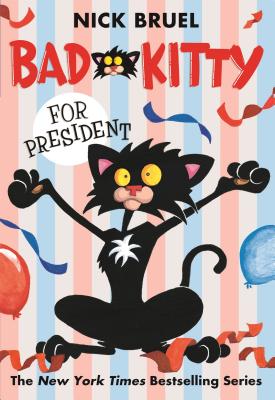
*
*
The Sixes Have It!
by Kasey Cox
Forget books on improving your memory, or keeping your mind sharp. Move on from Sudoku and Kakuro and Jumbles puzzles. Put down the books by Bill Adler, Jr., like Outwitting Deer and Outwitting Squirrels, which were really just mind games for you and the varmints in your backyard. If you really want to tie your brain in knots and have fun with words, try writing a sestina.
You probably remember studying Shakespearean sonnets or writing haiku in school. Compared to many forms of poetry, the sestina is a wonderfully freeing format: nothing has to rhyme; there is no counting of syllables; you don’t have to figure out what part of a word is emphasized in pronunciation. No iambic pentameter, no strict rhyme schemes, no rules about the length of the lines. The poet is free to write about whatever she likes, using short sentences in modern slang or flowery romantic phrases or anything in between.
There is, however, a catch. This is the part that will work your brain, more than any puzzle book you’ve been carrying around in your car. What makes the poem a sestina is the constant use of six (you can see the Latin root for “six” in “ses”, like “seis” in Spanish). To write a sestina, you choose six words. Make sure you like them a lot, and that they make some sense together, because you’ll be using them over and over again. Your six words will be the last word in each of the six lines of a stanza, called a “sestet” since it has six lines. A sestina is composed of – what else? – six sestets, with a “tercet” (or three-lined) stanza to finish. It might be a little more of a challenge than the shorter haiku, but still sounds fairly open, right? It is, but…
Each of the six words you chose to use is assigned a number: that’s how you figure out which words needs to end the next line that you’re writing. In the first sestet, it’s easy: the lines end with word #1, word #2, and so on, respectively, one through six, in normal numeric order. In the second sestet, however, each line ends with the words in the following order: word #6, word #1, word #5, word #2, word #4, and word #3. In the third sestet, the order changes again, and so on, until the six words that end each of the lines of the first stanza are repeated in a different order at the end of lines in each of the subsequent stanzas.
This pattern of which words end which lines in each sestet is not randomly chosen. When finished, the reader (or listener) will see a recurrent pattern known as “lexical repetition.” Instead of internal rhyming, or repetition of certain sounds – techniques such as consonance or assonance – used in other forms of poetry, a sestina repeats the entire word, bouncing it around to give it new meanings and new emphasis. For example, the first line of each sestet ends with the same word with which the last line of the previous sestet ended.
Now that I have you thoroughly scared and confused, here are some numbers to soothe the Sudoku folks among us. In writing a sestina, here is the pattern of word repetition that you’ll use: the words the end the lines are represented by the numbers 1 through 6.
Sestina form, then, is this: 1 2 3 4 5 6 - (End words of lines in first sestet.)
6 1 5 2 4 3 - (End words of lines in second sestet.)
3 6 4 1 2 5 - (End words of lines in third sestet.)
5 3 2 6 1 4 - (End words of lines in fourth sestet.)
4 5 1 3 6 2 - (End words of lines in fifth sestet.)
2 4 6 5 3 1 - (End words of lines in sixth sestet.)
Then, ending with the three line stanza, the tercet, containing the selected words, but using them in the middle and end of each line, in the following pattern: (6 2) (1 4) (5 3).
Get out some scratch paper – or better yet, dedicate a whole little notebook to your project. Select six words and start figuring out what you’d like to convey with them. Sestinas have been written since the 11th century, in many different languages, on every topic from war to romance to vampires to “some of the words of Yogi Berra.” The only limit is the word that ends the line.
Hobo’s next book will be in sestina form, about how he lives with GYPSY, comes to WORK at the BOOKSTORE, LOVES the people, NAPS in the sun, and rides in the CAR back home. Although those words are easy, and commonplace, the book is still definitely a work in progress. Cheer him on by sending him samples of your own efforts at the sestina, at from_my_shelf@yahoo.com or by joining him at monthly writers’ group at the bookstore!



